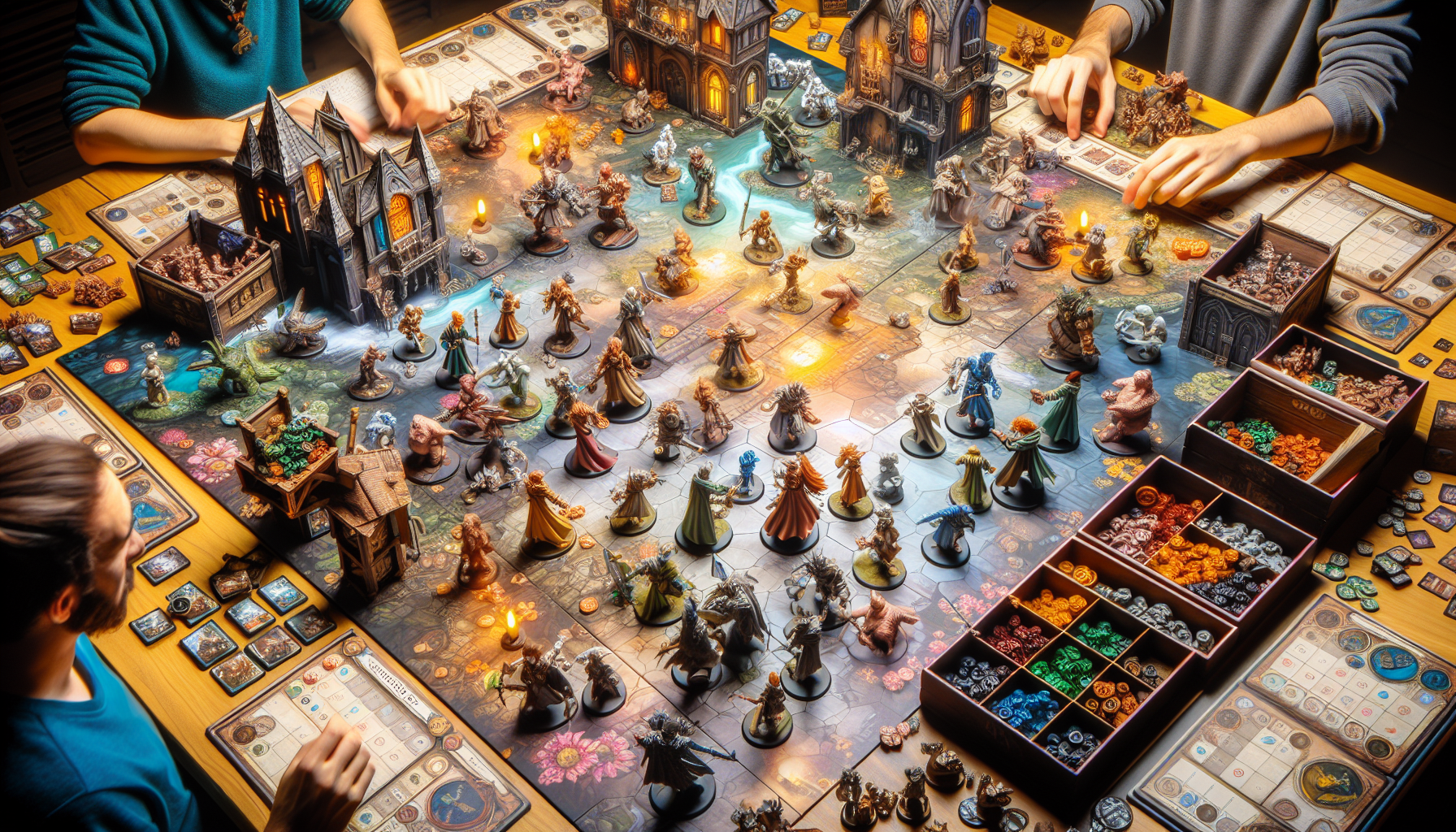Exploring Hanabi: The Art of Japanese Fireworks and Its Cultural Significance
When you think of summer in Japan, the first thing that might come to mind is the dazzling display of hanabi (花火), or fireworks. This traditional celebration is not just a visual spectacle; it is steeped in history and cultural significance. In this blog post, we will delve into the origins of hanabi, its evolution over the years, and how you can experience this breathtaking event.
What is Hanabi?
Hanabi literally translates to “flower fire” in Japanese, which perfectly encapsulates the beauty of fireworks as they bloom in the night sky. The tradition of hanabi dates back to the 16th century, originally used to ward off evil spirits and celebrate harvests. Today, hanabi festivals are held across Japan, attracting millions of spectators who gather to enjoy the stunning displays.
The History of Hanabi
The first recorded use of fireworks in Japan was in 1543, when Portuguese traders introduced gunpowder. By the late 17th century, hanabi had evolved into a popular summer festival, particularly in Edo (now Tokyo). The annual Sumida River Fireworks Festival, which began in 1733, is one of the oldest and most famous hanabi events in Japan.
During the Edo period, hanabi was not only a form of entertainment but also a way to honor the deceased. Fireworks were believed to guide the spirits of the dead, making the festivals a blend of celebration and remembrance. This duality continues to be a significant aspect of hanabi today.
Types of Hanabi
There are various types of hanabi, each with its unique characteristics. The two main categories are:
- Ground Fireworks: These include sparklers and fountains that create beautiful displays close to the ground.
- Aerial Fireworks: These are the large, colorful explosions that light up the sky, often launched from barges or designated areas.
Some popular types of aerial hanabi include:
- Niagara Falls: A cascading effect of fireworks that resembles a waterfall.
- Starmine: A series of fireworks that explode in rapid succession, creating a star-like effect.
- Peony: A large, round burst of color that resembles a blooming flower.
When and Where to Experience Hanabi
Hanabi festivals are typically held during the summer months, with July and August being the peak season. Some of the most famous hanabi festivals include:
- Sumida River Fireworks Festival: Held in Tokyo, this festival features over 20,000 fireworks and attracts more than a million spectators.
- Nagaoka Fireworks Festival: Known for its stunning displays and rich history, this festival in Niigata Prefecture is a must-see.
- Omagari Fireworks Festival: This festival in Akita Prefecture is famous for its competition among the best pyrotechnicians in Japan.
To fully enjoy the hanabi experience, it is recommended to arrive early to secure a good viewing spot. Many people bring picnic blankets, food, and drinks to enjoy while waiting for the show to begin.
What to Expect at a Hanabi Festival
Attending a hanabi festival is an immersive experience. As the sun sets, the atmosphere becomes electric with anticipation. Food stalls line the streets, offering traditional Japanese snacks such as yakitori (grilled chicken skewers), takoyaki (octopus balls), and sweet treats like cotton candy.
As the first fireworks light up the sky, the crowd erupts in cheers and applause. The sound of the explosions, combined with the vibrant colors, creates a magical ambiance. Many festivals also feature live music and performances, adding to the festive spirit.
Safety Considerations
While hanabi is a joyous occasion, safety is paramount. Fireworks can be dangerous if not handled properly. It is essential to follow local regulations and guidelines when attending a hanabi festival. Always maintain a safe distance from the launch site and be aware of your surroundings.
Conclusion
Hanabi is more than just a fireworks display; it is a celebration of culture, history, and community. Whether you are a local or a visitor, experiencing a hanabi festival is a must-do during the summer months in Japan. From the breathtaking displays to the delicious food, the hanabi experience is one that will leave you with lasting memories.
If you are interested in learning more about Japanese culture or planning your visit to a hanabi festival, check out this guide for more information.
As a company that manufactures board games, we appreciate the importance of cultural traditions like hanabi and how they bring people together. If you’re looking for unique games to enjoy with family and friends during the summer festivities, visit We Are AGS.






